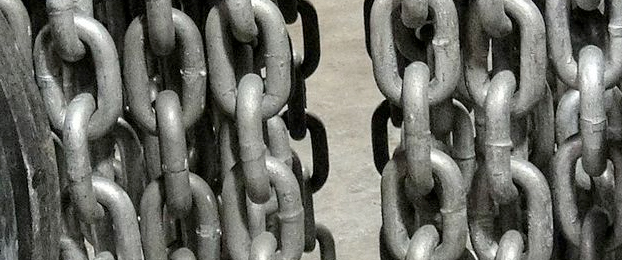
Recently I had the opportunity to talk to a group of powerlifters that were preparing for a meet. This meet was about 7 weeks away and I asked them what their current dynamic squat cycle was and what kind of band tension and bar weight that they were using. The group stared at me like I had a third eye and a stalk of unsightly nose hairs. They told me that they just put whatever band on the bar they felt like using and worked up to a weight that they felt was appropriate. Now these guys were not beginners and should have known better. Furthermore, they had a meet in less than two months. I could not understand why they didn’t have their squat training planned out or even a general idea of what kind of weight they used during their training.
Many times I see people read an article and immediately try to apply the newest idea or exercise into their training with little regard to why or how it would work for them. For example, when Westside Barbell began using the Safety Squat Bar during dynamic effort squat training how many people ditched their current routine and jumped on this new trend? I would be guessing that many people started doing this and also started doing Lactic Acid Tolerance training. I believe that both of these methods have merit but only when done at the appropriate time.
I will be the first to admit that many times through a training cycle I have changed things, especially with my squat training. But these changes were not drastic and many times they were due to a nagging injury. I adjusted accordingly and put together a new plan. Before every single workout, I map out a list of exercises, sets and reps and try to stick to it. For example, after my dynamic bench training, I always do some kind of heavy triceps work. I may do 4 board press, 5 board press with bands, or lockouts. I don’t always plan the exact exercise, but I know that I will do something to improve my lockout.
Here are 10 things that will help you plan your workouts and help keep you focused throughout your training cycle.
1. Set a date. Whether it be a meet or a testing day make sure you have a date in which to test your training, your exercise selection and your overall program.
2. Set goals. Write down these goals and have them around so you understand what you are training for. You should also have a list of daily goals for the training session.
3. Write down a general template for your training. For example, if your meet is 16 weeks away you may perform 4 weeks of Safety Bar Squats, 4 weeks of chains and an 8 week cycle using bands.
4. Examine your weak points. Find out where you are weak and pick exercises that you believe can help you.
5. Build on your strengths. Don’t neglect what got you strong in the first place.
6. Keep a record. If you reach your goals or exceed them, a record will allow you to see what you did correctly. On the other hand, if you did not reach your goals, this record will serve as a reminder of what needs to be altered for your next training cycle.
7. Understand your training age. If you’ve been training for 2 or 3 years, you probably don’t need a circa-maximal phase. Don’t attempt training cycles that are above your training level.
8. Be ready to change. I know this goes against what I’m preaching in this article, but sometimes the best plan goes awry. When this happens, look at your goals and try to figure out how you can reach them despite the obstacles in your path. Before my last meet, I managed to slightly injure my pec. In order to get around this and continue training, I began performing all of my maximal effort work with my shirt and my dynamic work with either a one-board or with the floor press.
9. Individualize. If you need more work in your bench shirt then you may need to practice using it every other week.
10. Have patience. Understand that training and knowledge takes time. When beginning a new training style, not everyone will make incredible gains their first cycle or even their first year. Look at your training as a multi-year process and have a clear picture of where you want to be. This will help you to take smaller steps, with less frustration, and allow you to grow. Think of your goals as being a large boulder that needs to broken down. If you try to take a sledgehammer and take violent swings, you’ll do nothing but tire yourself out and the boulder will remain unbroken. Now if you take a hammer and take a methodical approach, you’ll eventually break the boulder down without burning out and without tiring yourself out.








